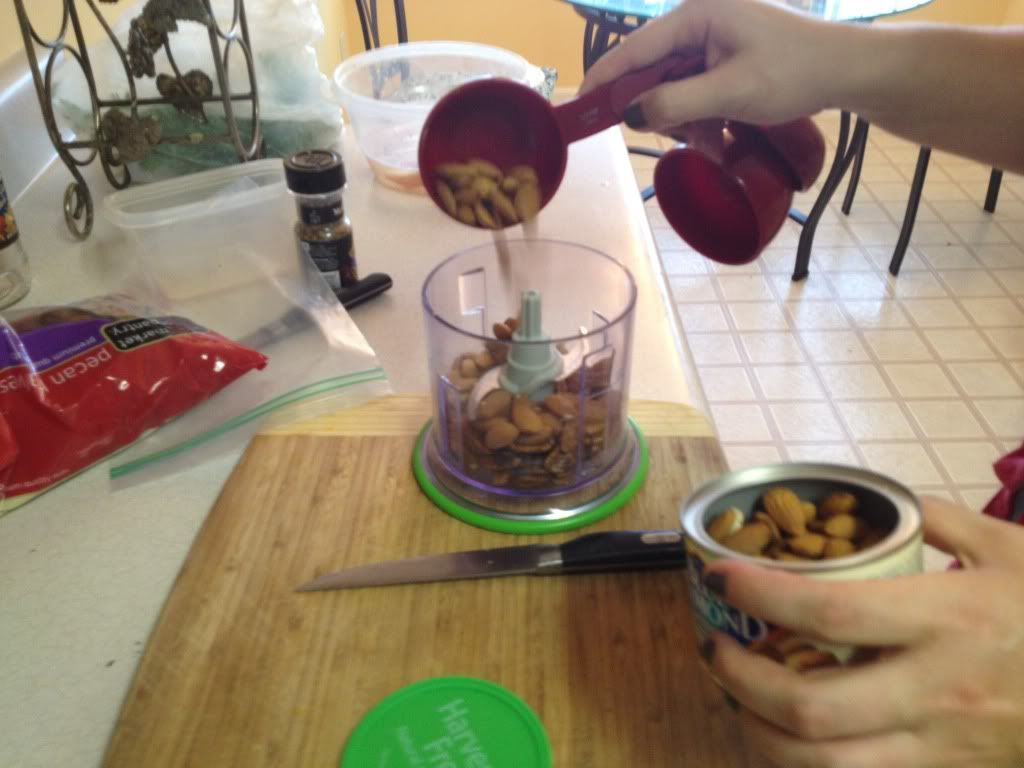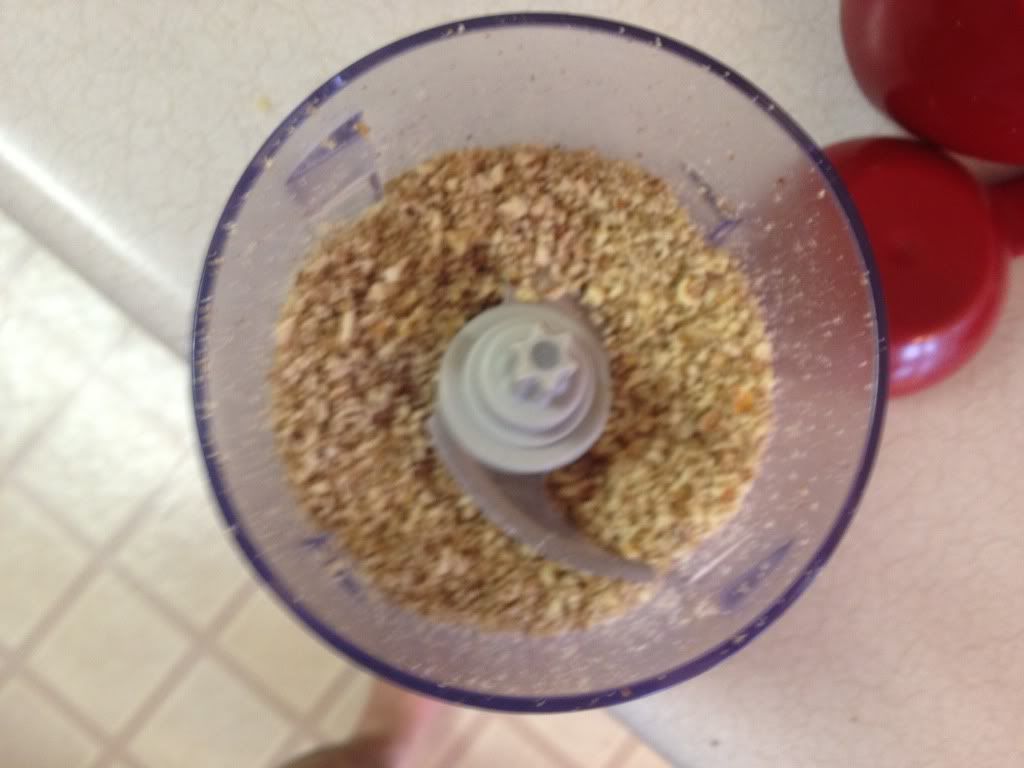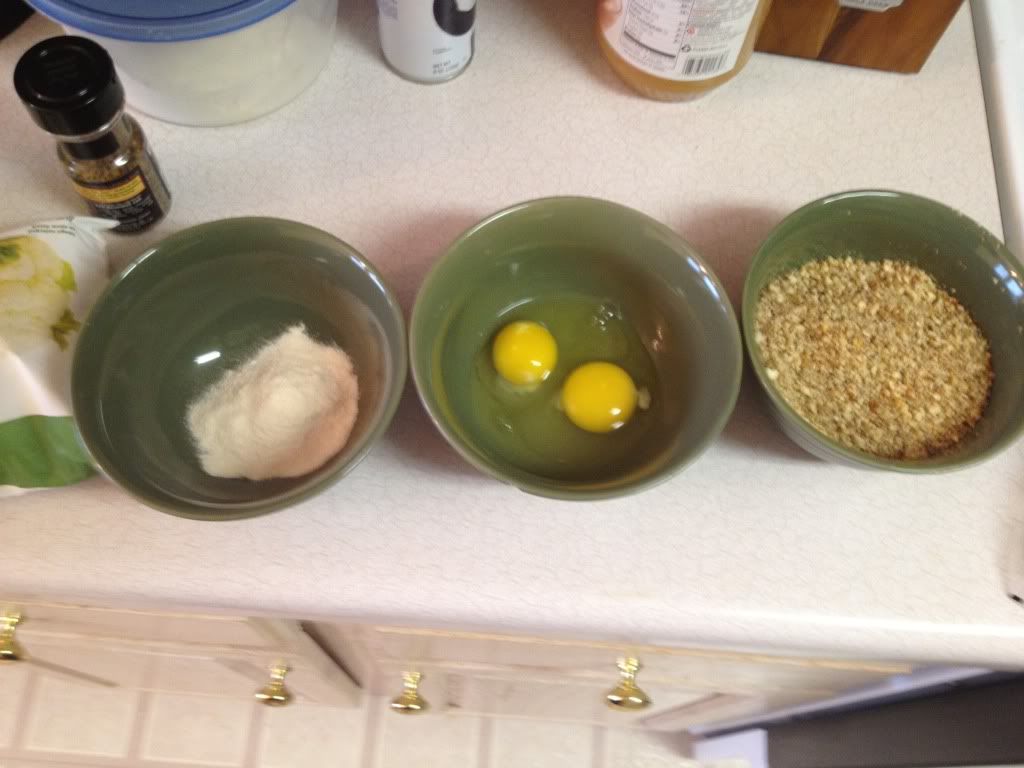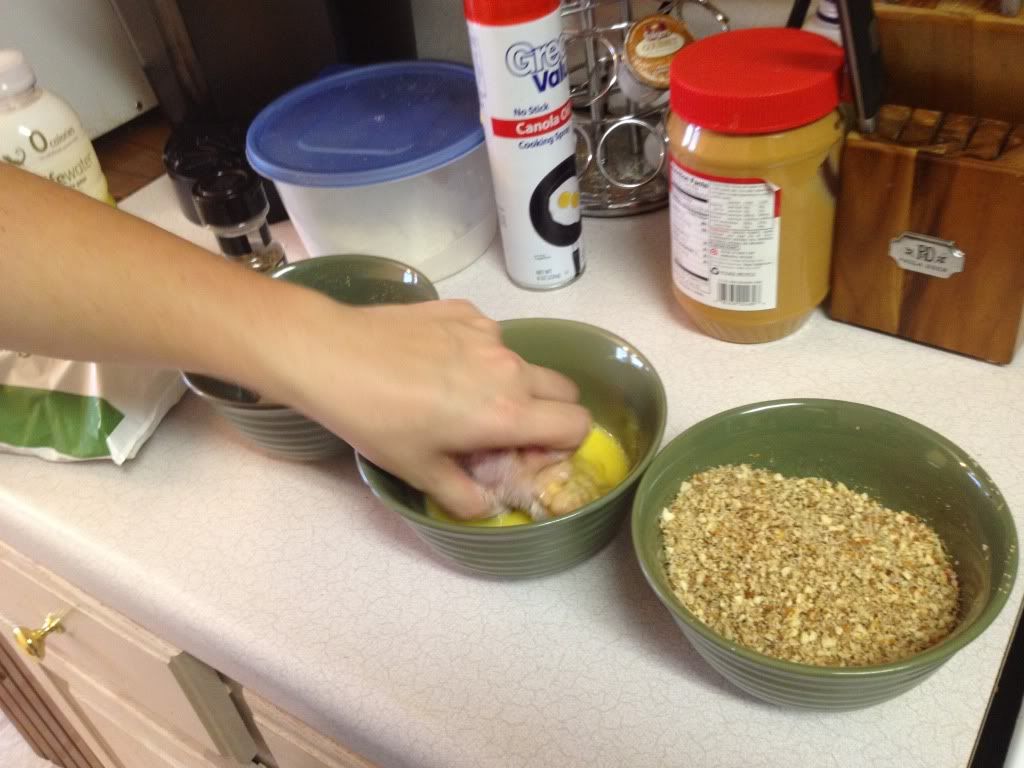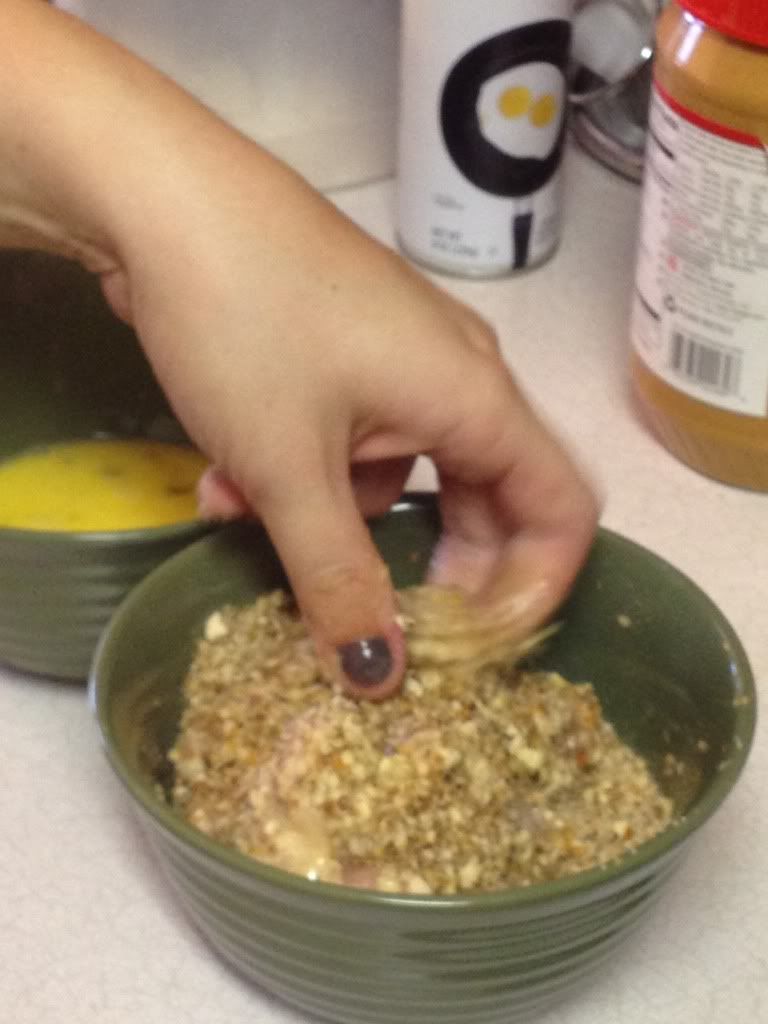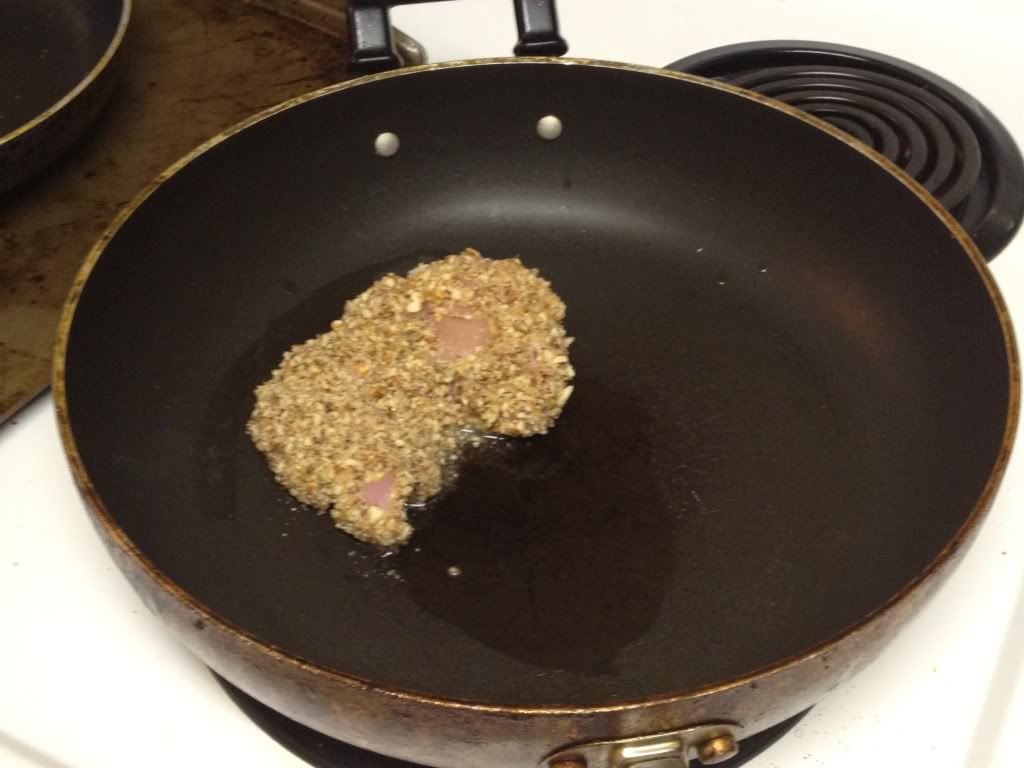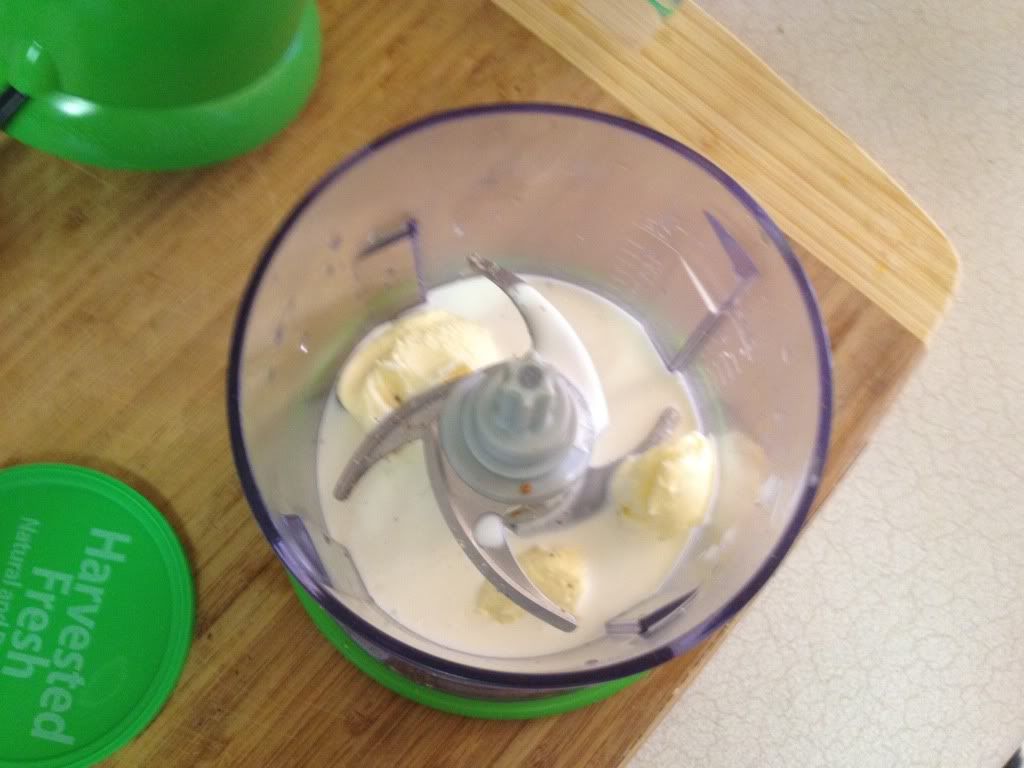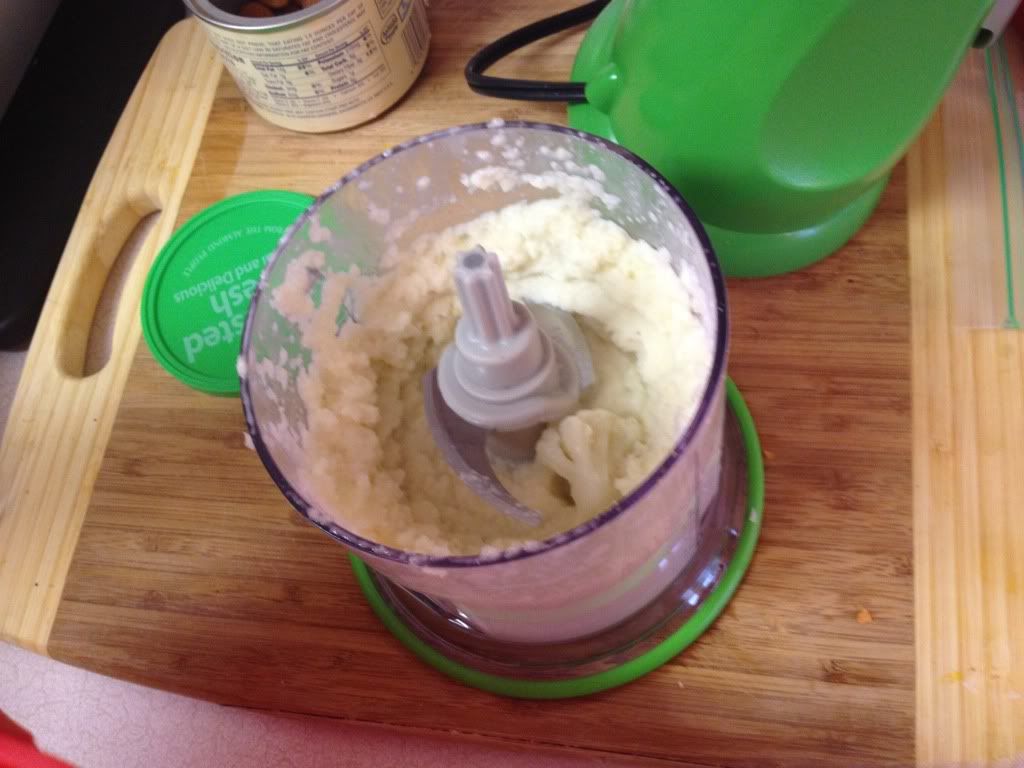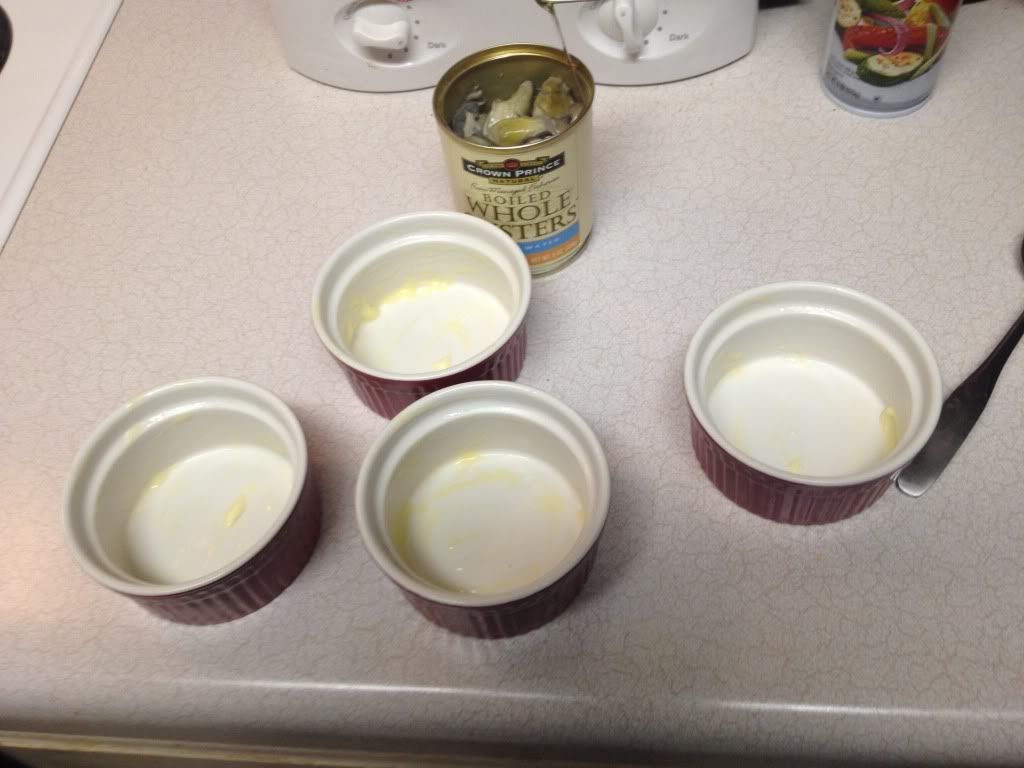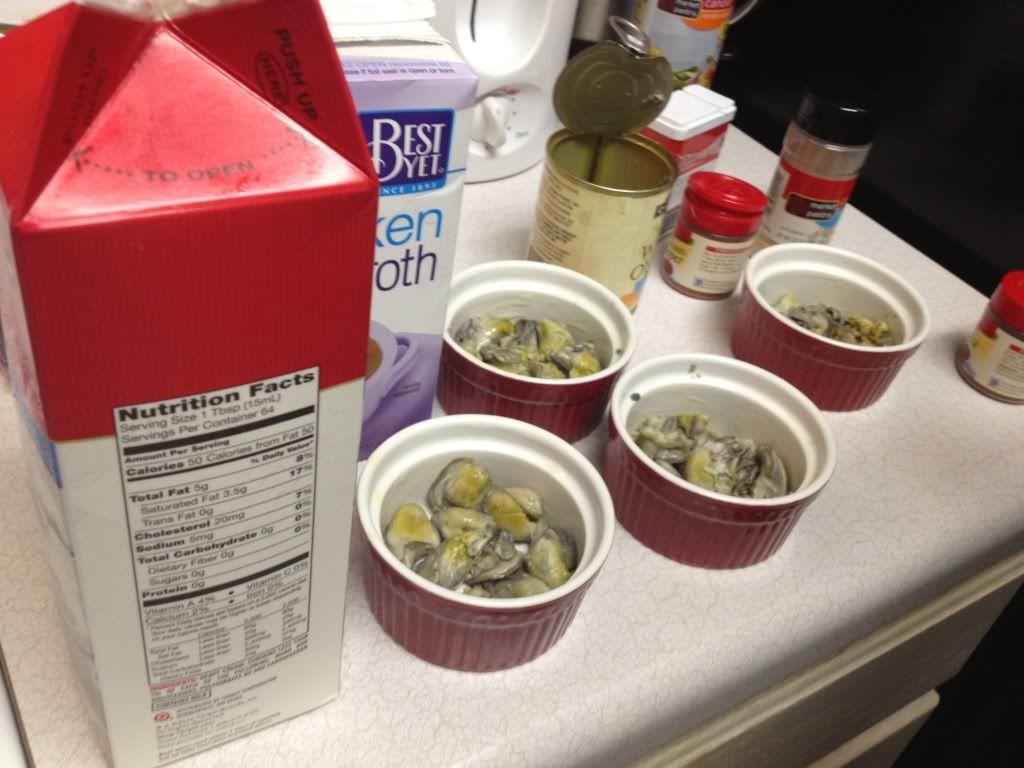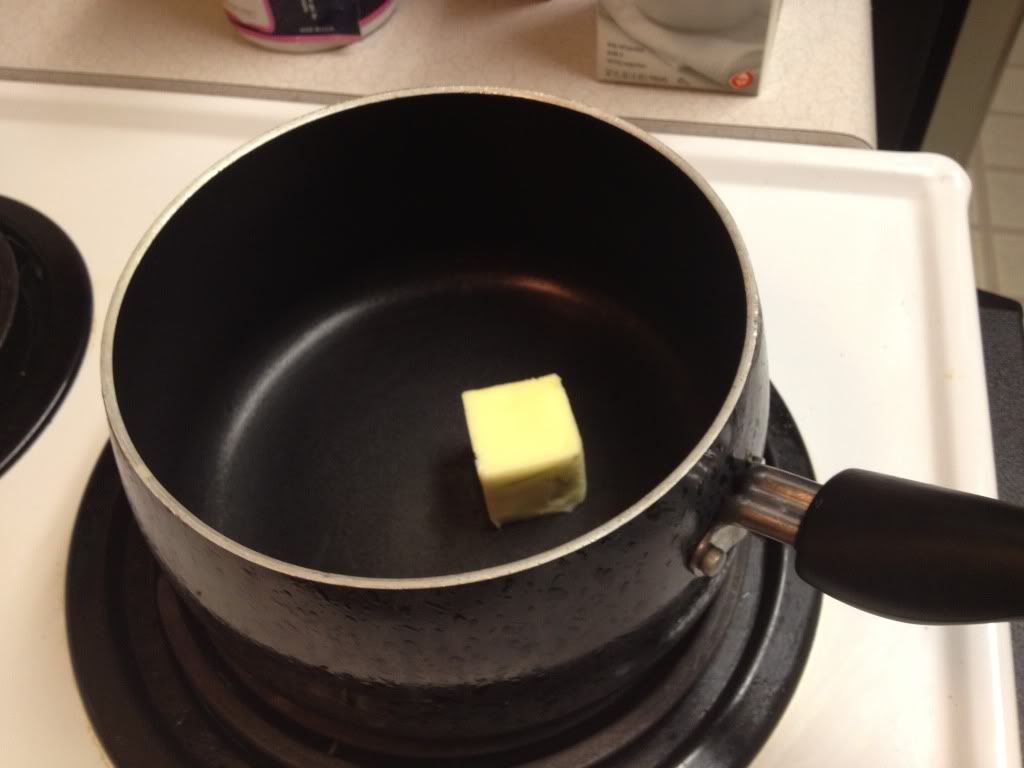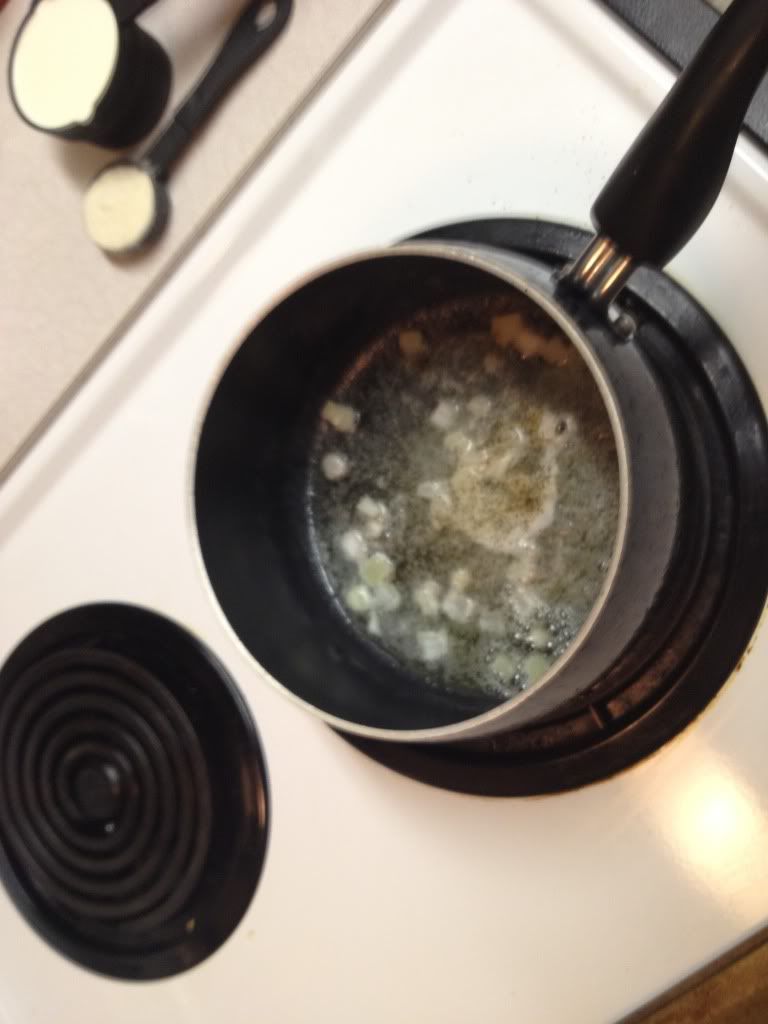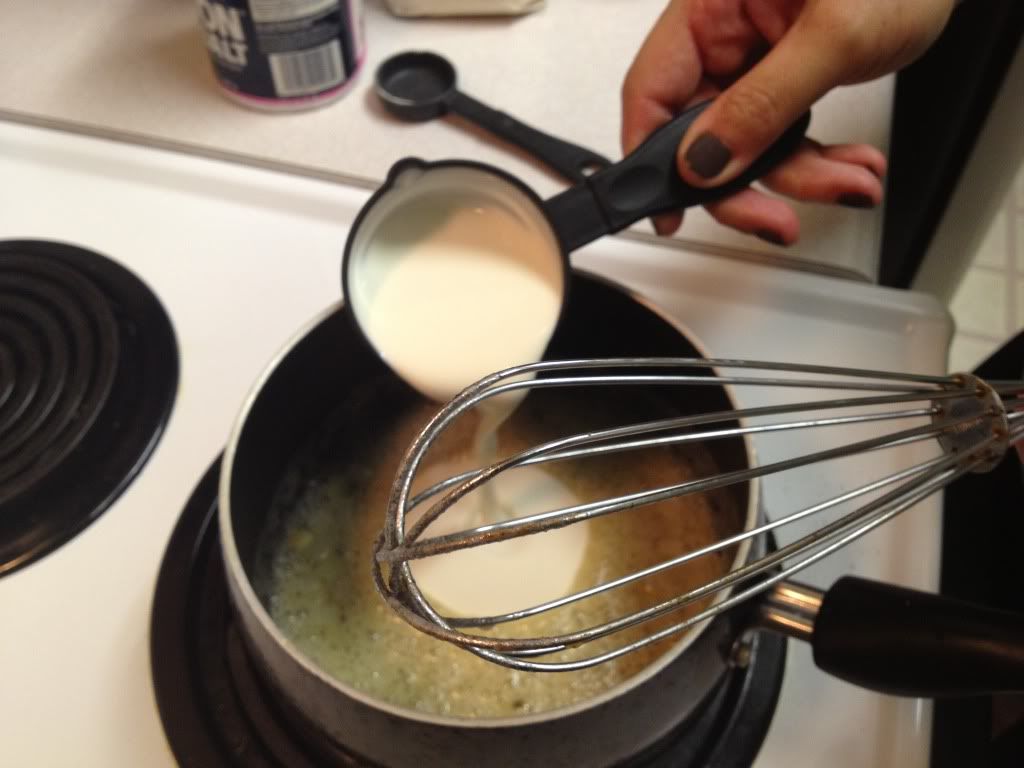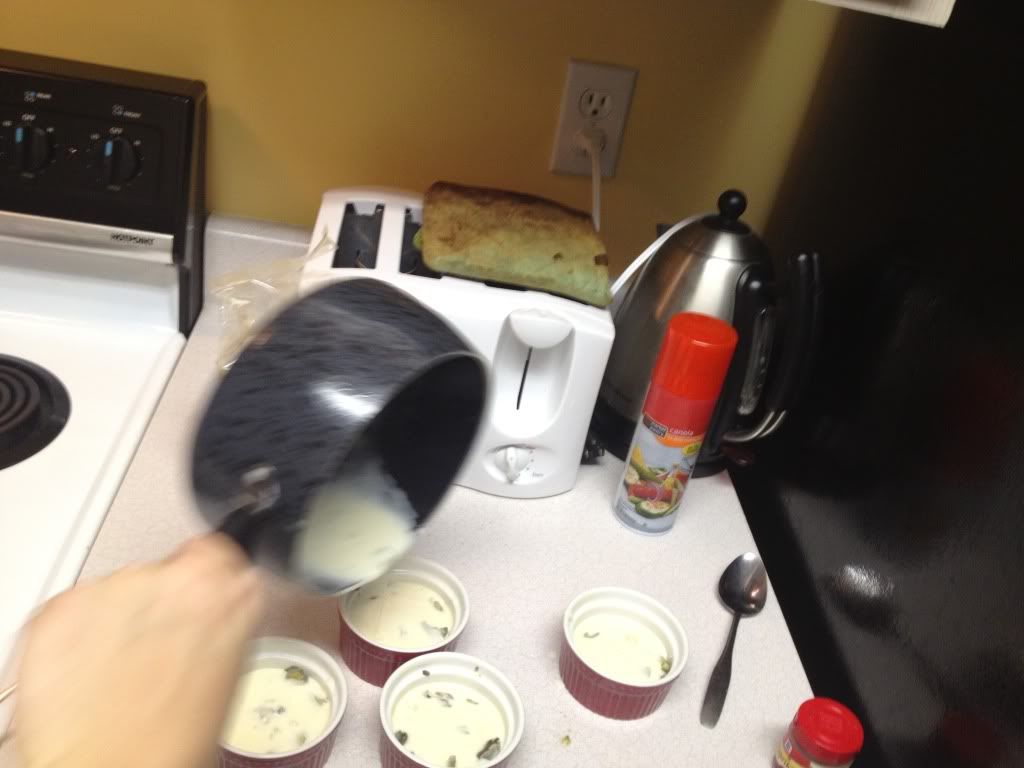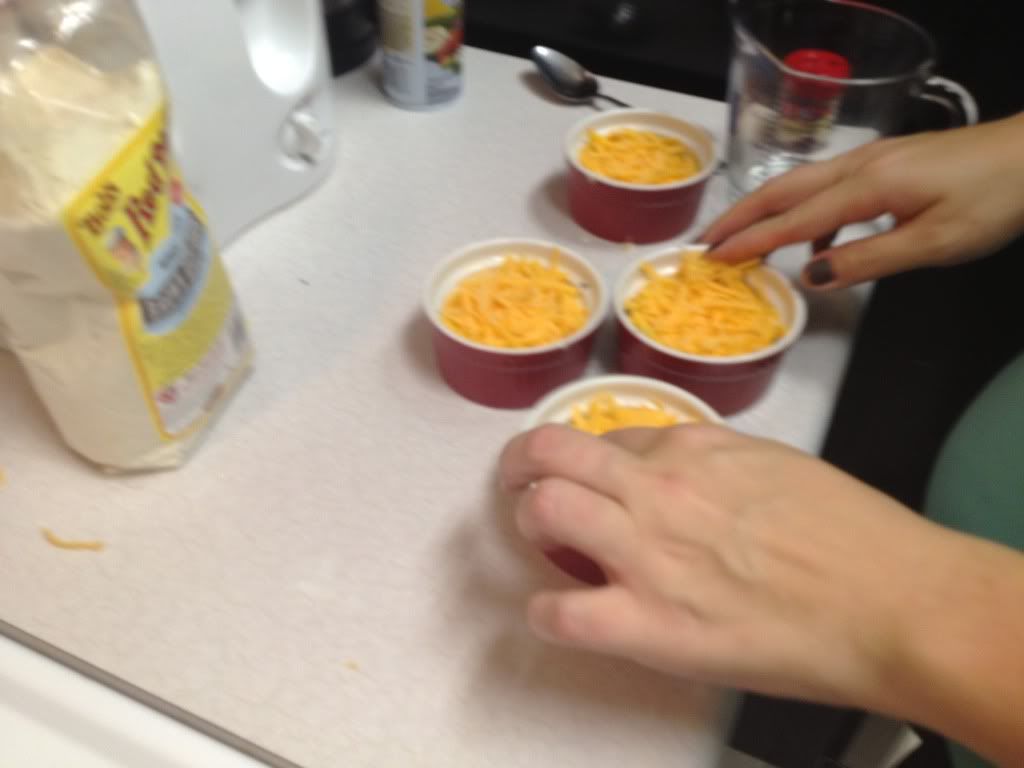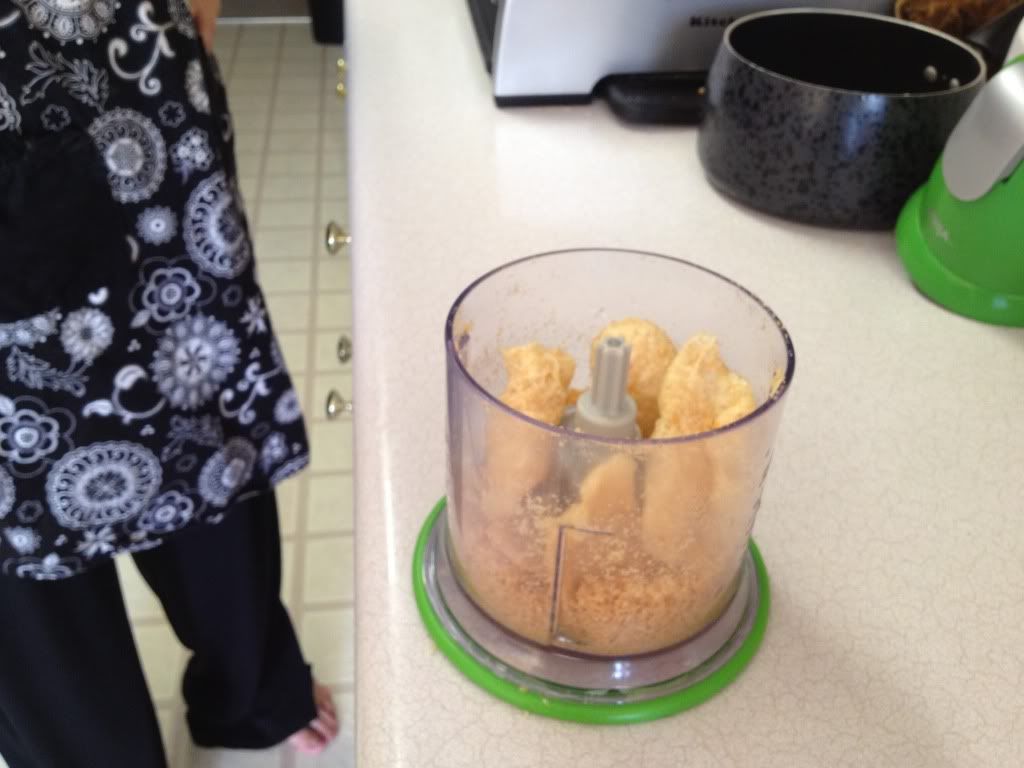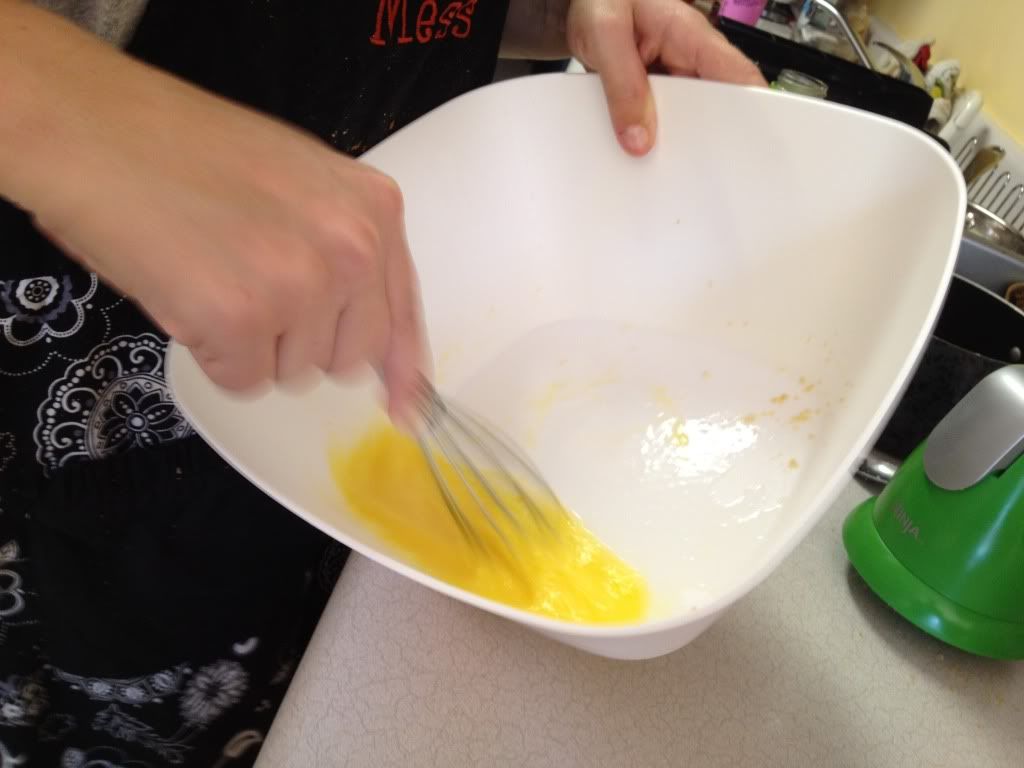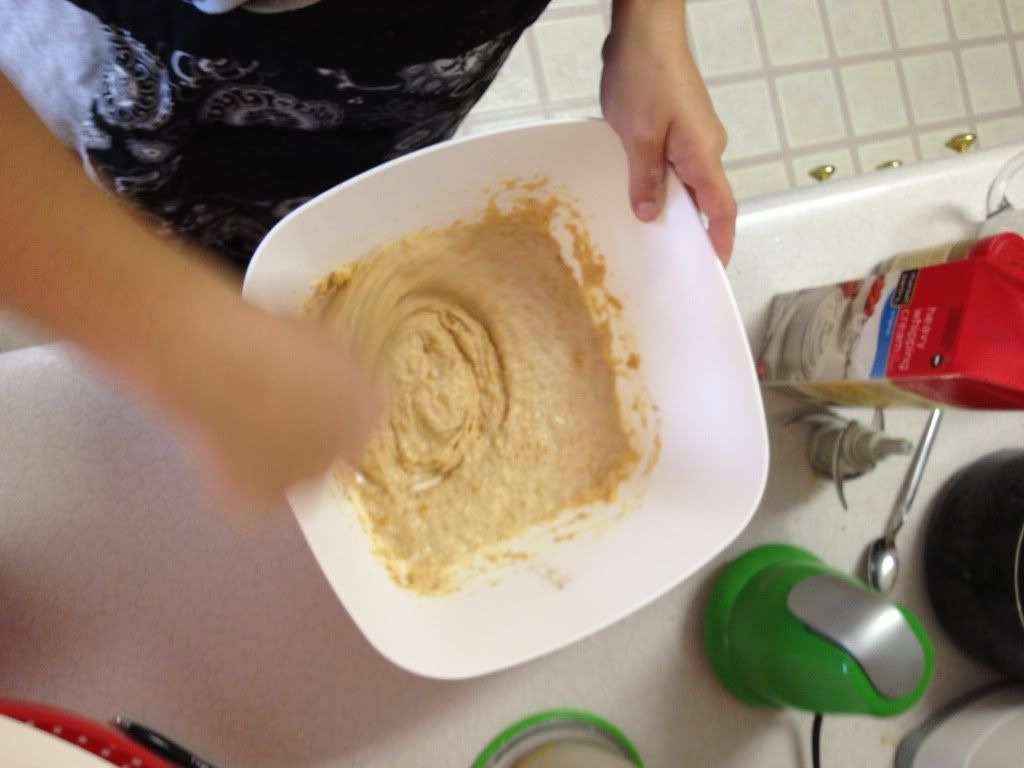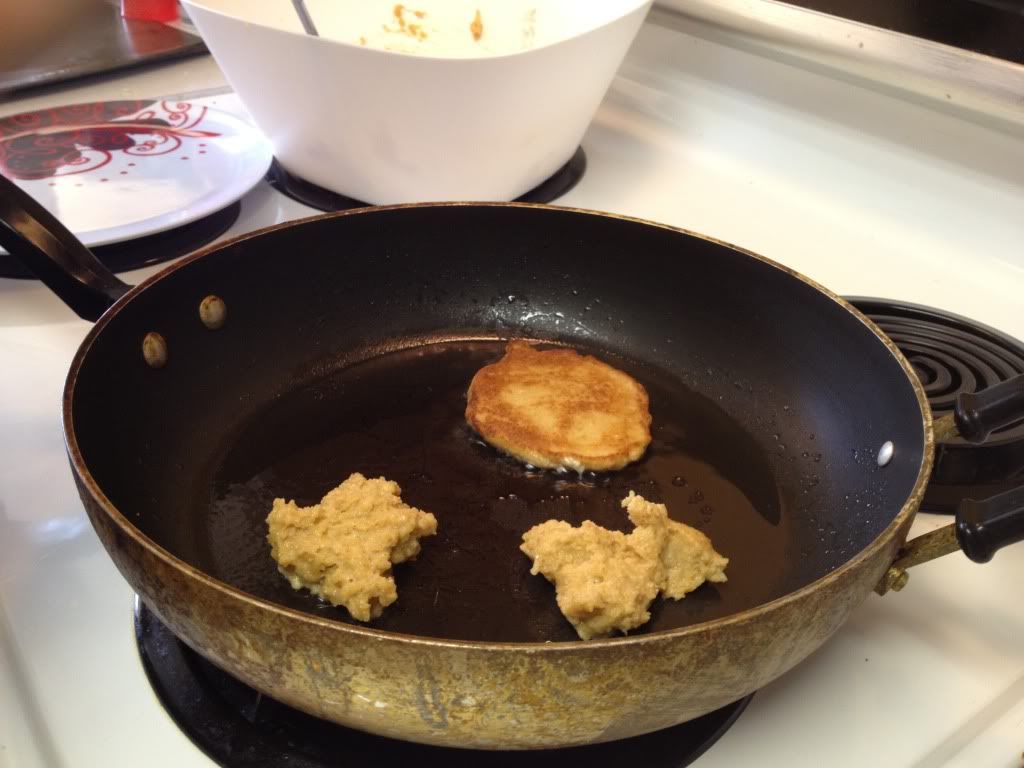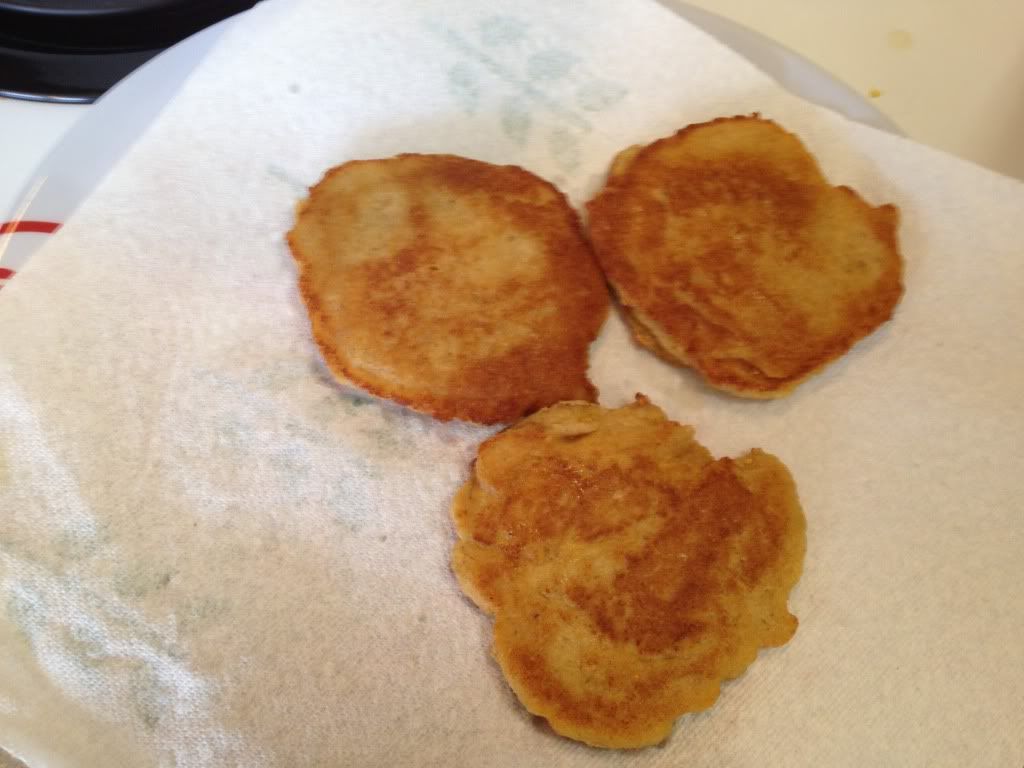Trifle is a layered cake-and-custard dish that made it to the U.S. long ago, because we Americans steal everything and I don't know how we couldn't have stolen cake soaked in liquor. Usually, port or sherry is the liquor of choice, but I love my rum. Particularly coconut rum.
Trifles also tend to use sponge (or angel food) cake, but I am not a huge fan of sponge cake, so I substitute a gluten-free butter cake instead. Here is the recipe.
Note: This is NOT low carb.
This Nom Needs:
1 gluten-free yellow cake mix + ingredients to make cake (see package)
1 large banana, chopped
1 carton strawberries
1 tablespoon Splenda or sugar 1 cup strawberry jam
2 large boxes of instant banana pudding mix (with 4 cups cold milk to make the pudding)
2 tubs Cool-Whip, thawed
1/4 cup coconut flakes
1 shot + 2 tablespoons coconut rum Trifle dish or any large bowl
Make gluten-free yellow cake according to box instructions. Allow to cool, then cut into tiny squares.

Chop strawberries into small pieces.
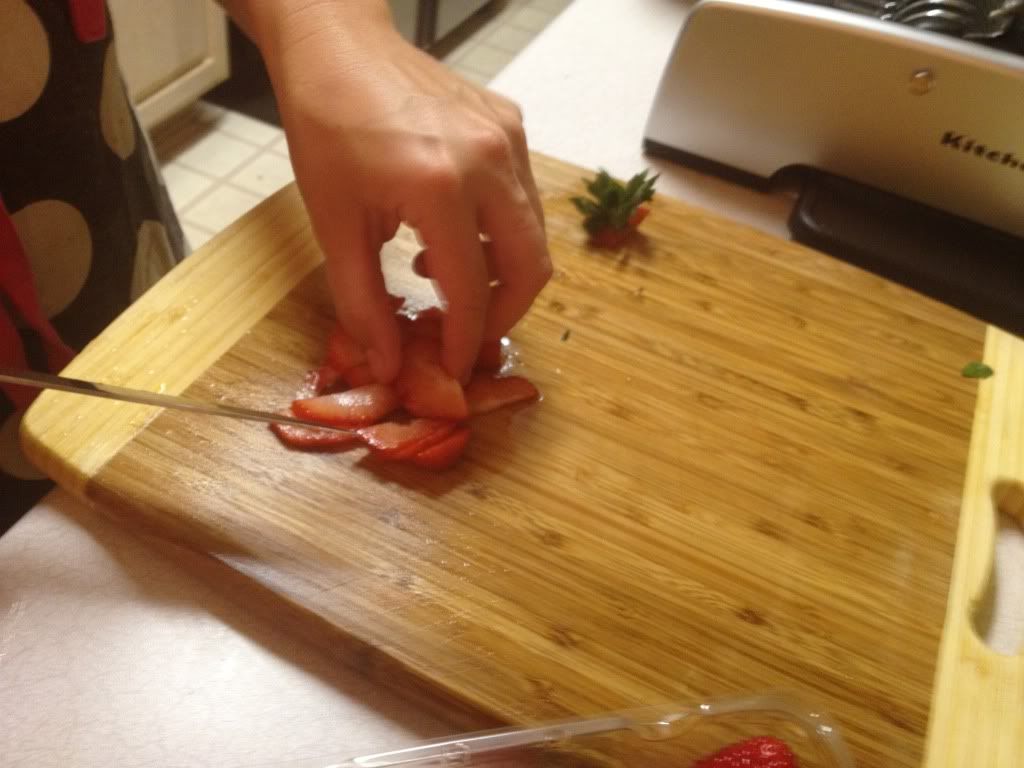
Put chopped strawberries, sugar, and 2 tablespoons coconut rum into a ziploc bag and shake to coat the strawberries. Leave the strawberries in the rum mixture for approximately 15 minutes.
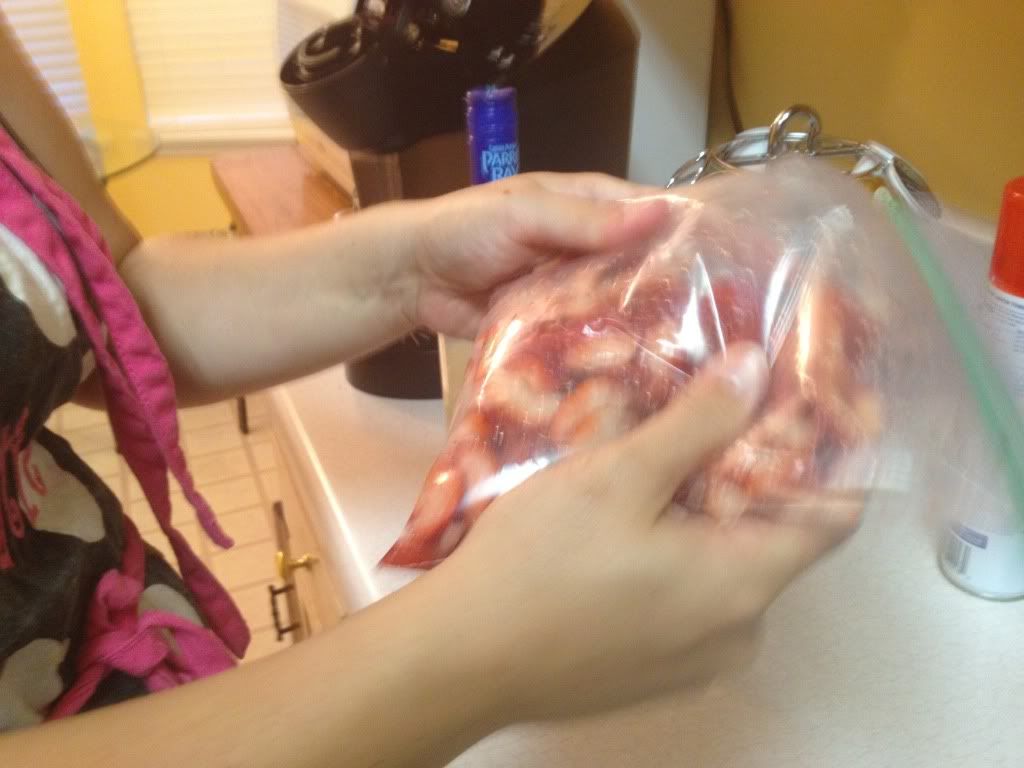
Make banana pudding by combining pudding mix with milk and whisking according to package instructions. Put in fridge for 5-10 minutes to allow banana pudding to set.
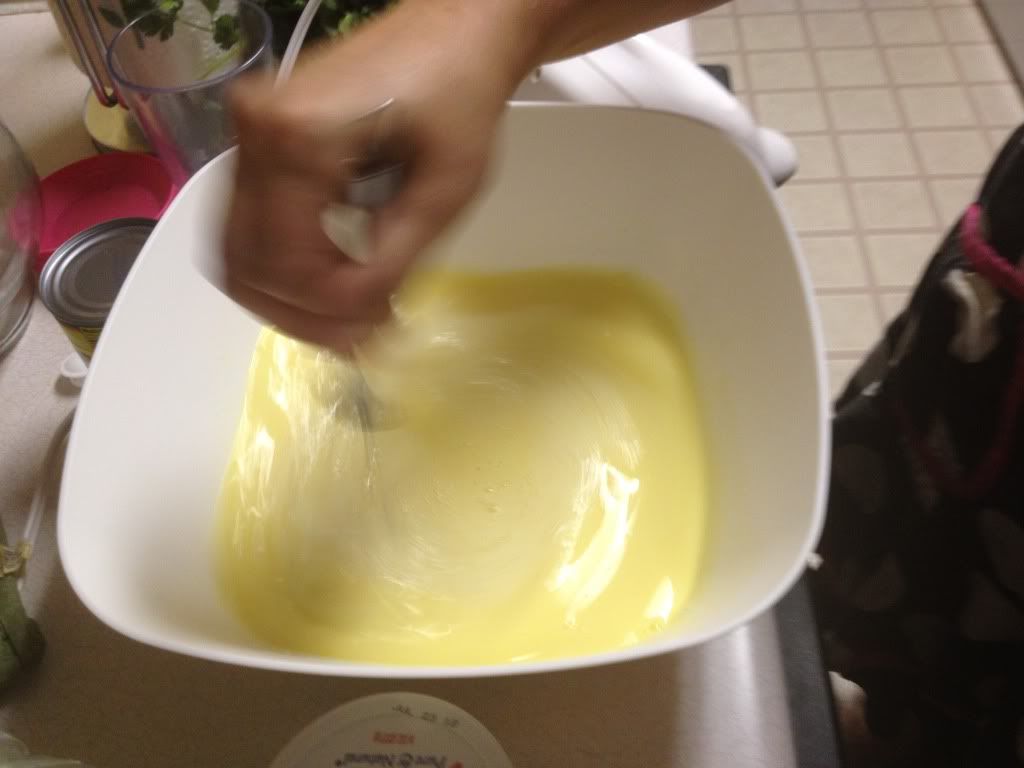
Once pudding has set and strawberries are done soaking, assemble remaining ingredients (cake, Cool Whip, pudding, jam, strawberries, bananas, coconut rum, coconut flakes) together. Crumble enough cake to put a solid layer on the bottom of your dish or bowl.
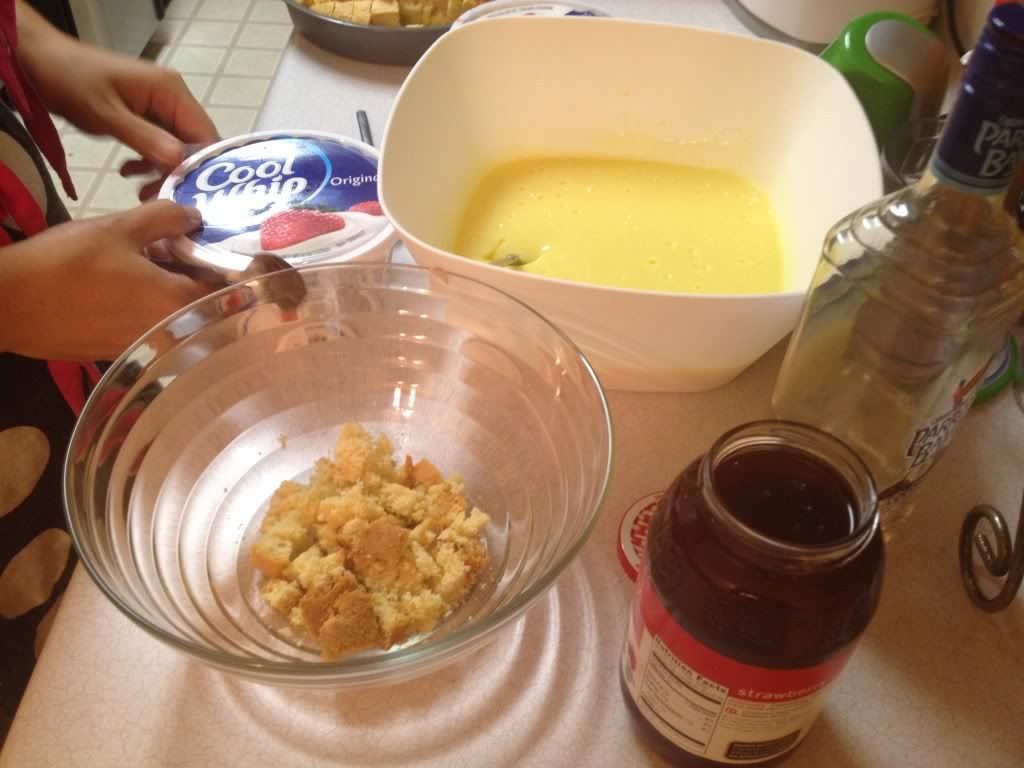
Sprinkle a small amount of rum (about 1/4 the shot) over the cake, then top with strawberry jam. Add a light layer of rum-soaked strawberries.
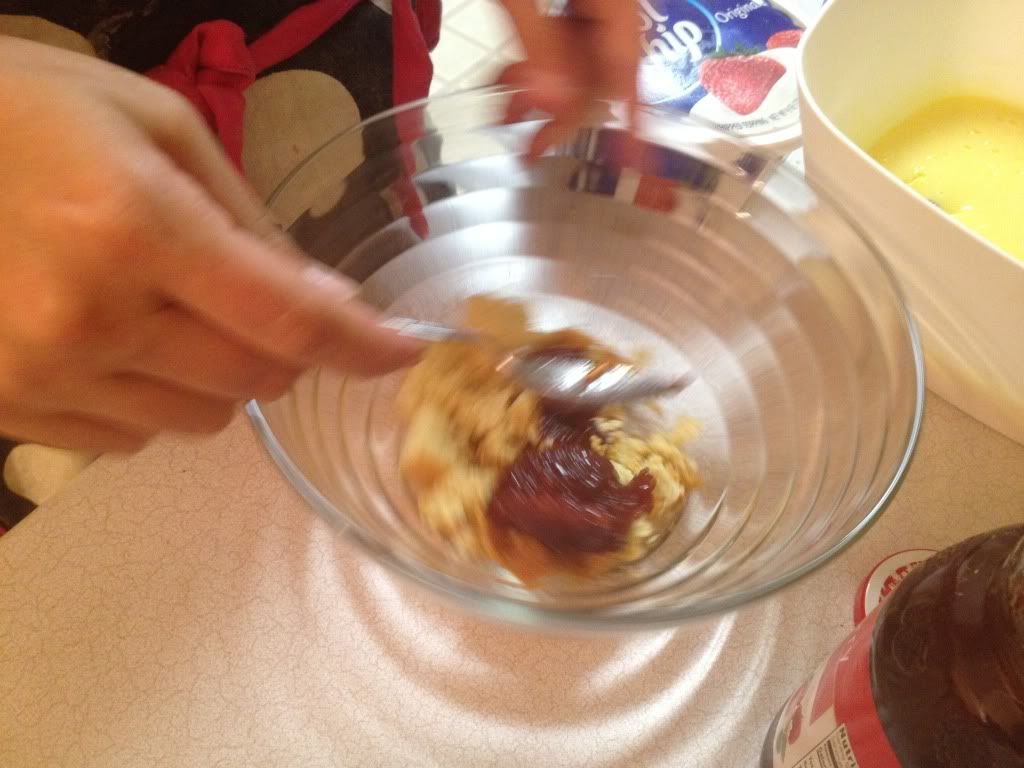
Layer banana pudding on top of the jam.
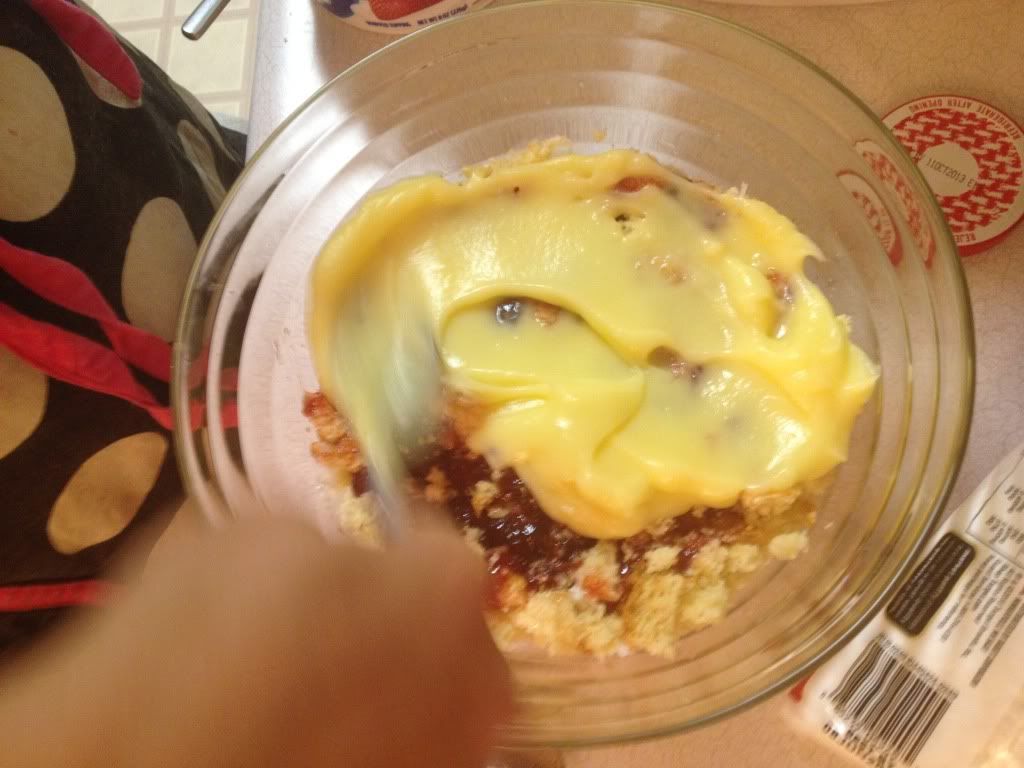
Layer Cool Whip on top of the banana pudding. Repeat these layers twice (cake with rum, jam, strawberries, banana pudding, Cool Whip) until you reach the top of the dish/bowl. Put on last layer of cake on, and sprinkle with rum. Then top with chopped banana slices.
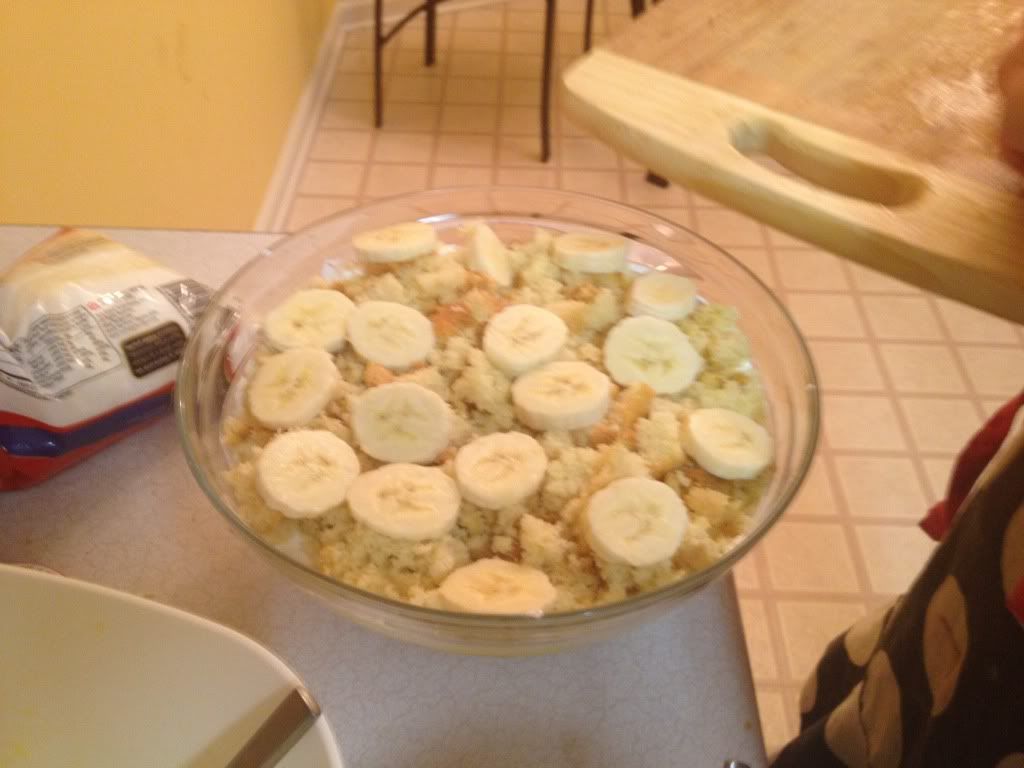
Layer banana pudding over the banana slices, then Cool Whip.
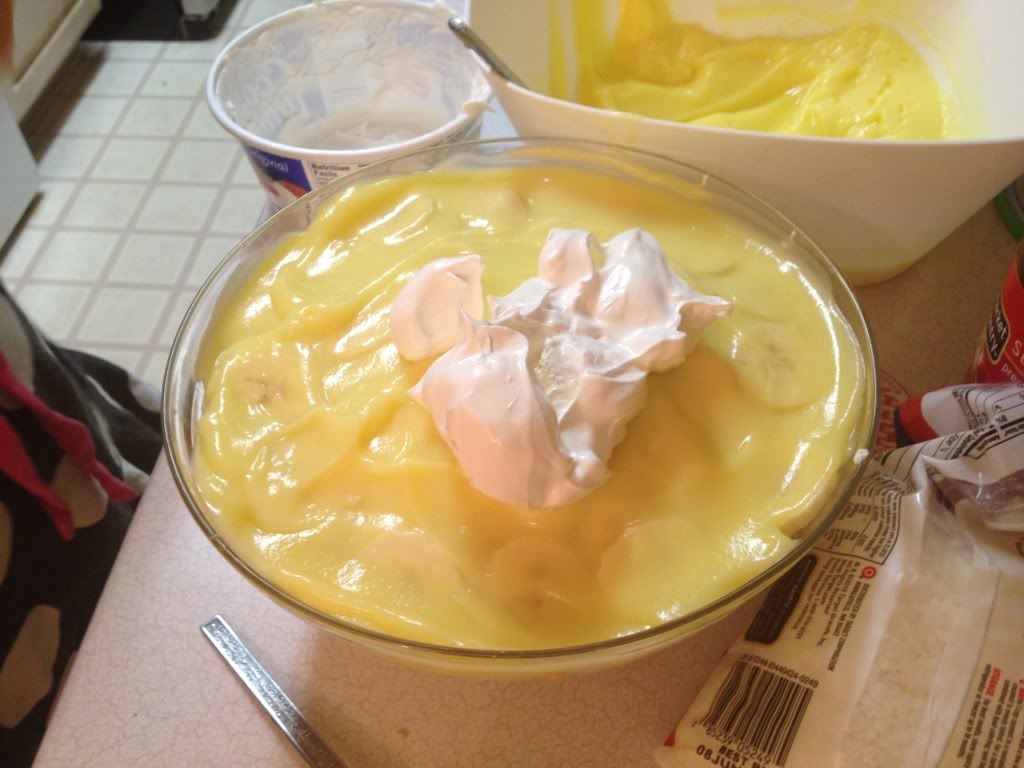
Top the cake with the remaining strawberries and the coconut flakes. Refrigerate for 4 hours to allow the flavors to blend, then serve.
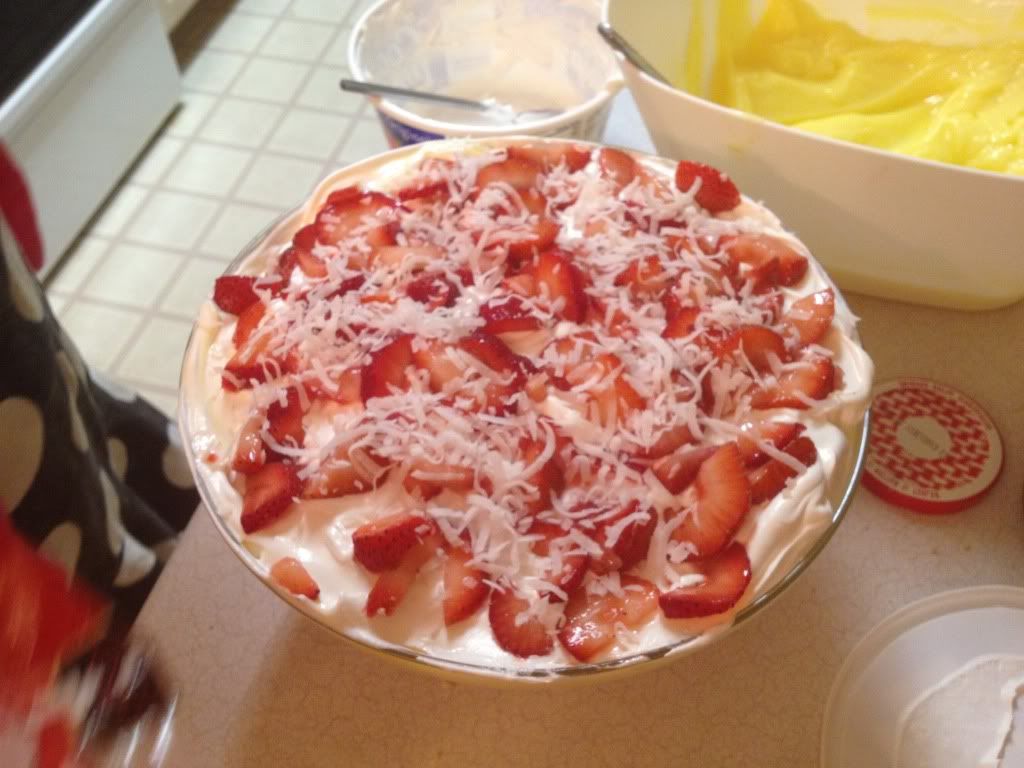
Servings: About 20
Calories per Serving: Approximately 200 calories per serving
What Else You're Getting: Vitamin C, folate, riboflavin, vitamin B6, pantothenic acid, magnesium, copper, manganese, as well as dietary fiber and small amounts of other vitamins and minerals. Cheers!

